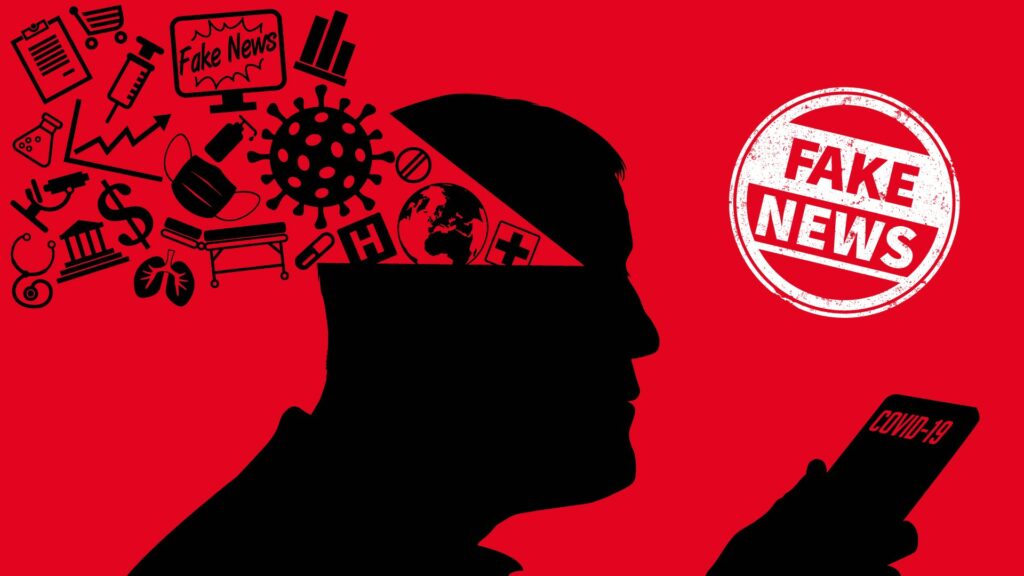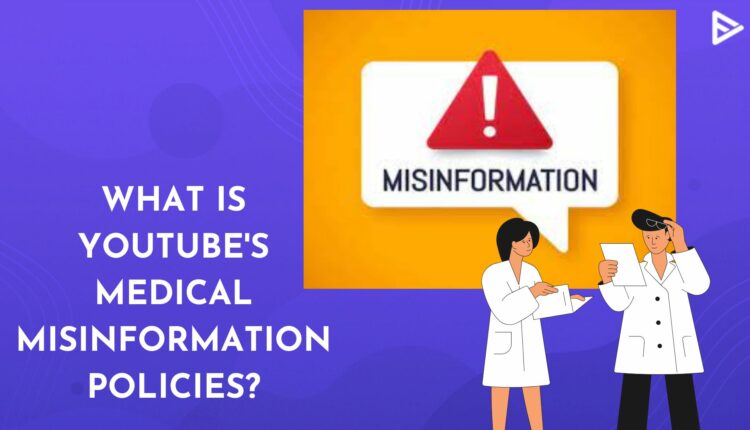YouTube is approaching new policies to crack down on the medical misinformation spread across the platform. According to YouTube, the platform needs a particular framework to determine whether the content uploaded is harmful to the viewers. This blog explains the new medical misinformation policies in detail, so as a creator, you ensure the content you upload doesn’t break the community guidelines.
YouTube Long Vision For The Medical Misinformation Policies

YouTube’s prime motive for blueprinting this policy is to ensure that YT shouldn’t be the platform distributing misinformation when it comes to health information. Apparently, YouTube will simplify the medical misinformation guideline into three categories. This includes prevention, treatment, and denial. Policies will be used where the content counters the actual health services like WHO and health authorities. The categories are explained below for better understanding:
Prevention Misinformation
According to this framework, YouTube will remove the content that counters the guidance created and followed by the health authority on prevention. YT will remove the video containing content that offers dangerous medical advice from the platform, claiming that it will prevent diseases.
Treatment Misinformation
This framework stands against the YouTubers who create content on unproven remedies and declares to cure diseases with them. For example, YouTube will remove content promoting the use of caesium chloride to treat cancer as it is medical misinformation.
Denial Misinformation
This policy removes videos, including disputed content, which denies considering the existence of specific health conditions. For example, content that denies the existence of coronavirus.
Removing YouTube Cancer Medical Misinformation
Whenever people see the symptoms of a specific ailment, they turn up to online space. YouTube aims to give relevant and correct information when they try researching the disease, especially cancer, which may also cause death. The platform collaborates with big health companies like the Mayo Clinic to publish a playlist with high-quality health content on cancer.
YouTube every often enforces its policies and allows content educational, documentary, scientific, and artistic if people are interested. It means that YouTube may allow content in the public interest even if it violates the YT policies.
Conclusion
YouTube is on the path of making a robust framework for YT medical misinformation policies to provide accurate information. If you are a creator, adapting the upcoming medical policies is significant so viewers trust the content you provide. YouTube, every day is coming up with better feature updates and changes like 2x speed that will enhance your user experience.


